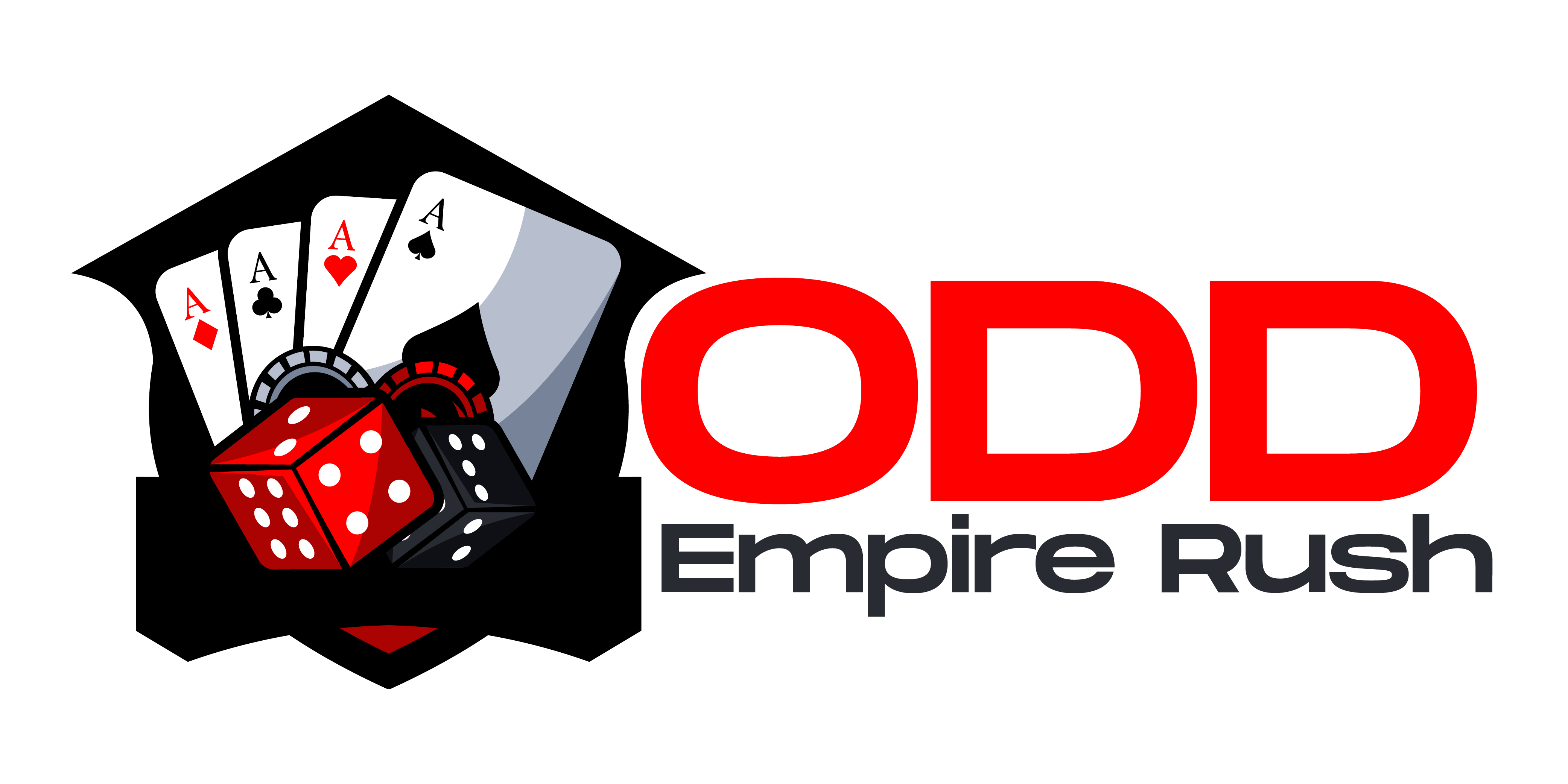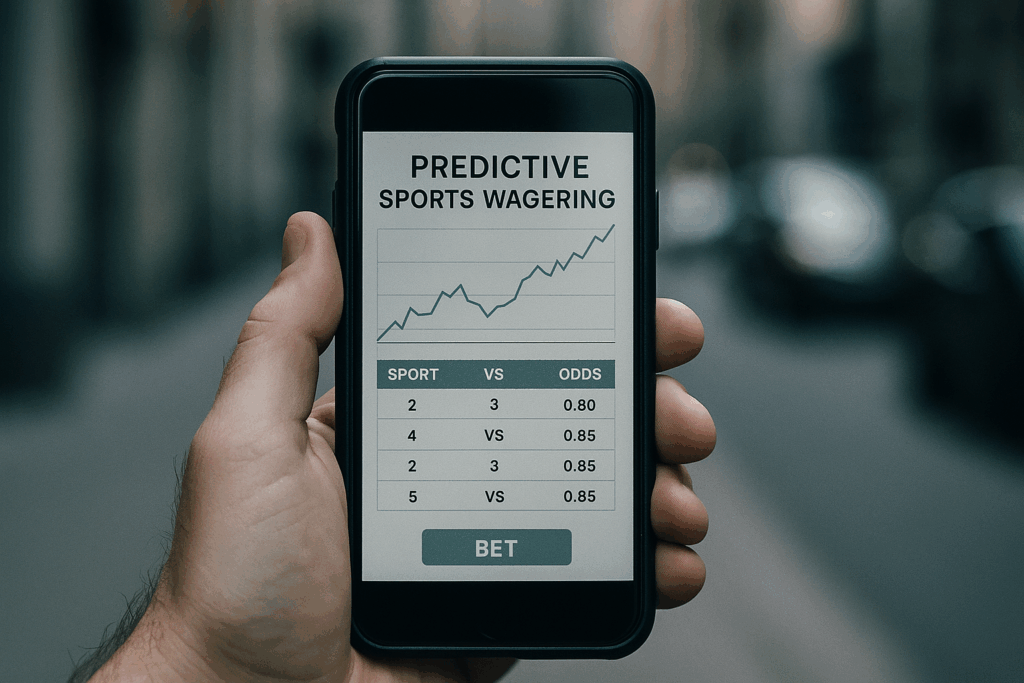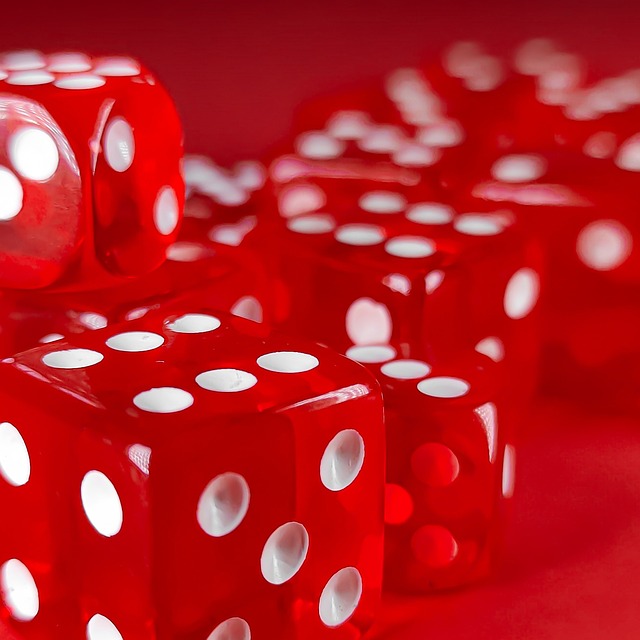Introduction: Why Blend Art and Science?
Betting has evolved from gut feelings and barstool talk to an increasingly data-driven pursuit. But despite the rise of machine learning and predictive models, there’s still a place for human insight. When used together, data and expert analysis can create a winning edge that’s stronger than either approach alone.
The Data Revolution in Betting
In recent years, bettors have gained access to more data than ever before. From play-by-play performance metrics to real-time odds movement, numbers have become a central tool in betting strategy.
- Predictive modeling is now mainstream across sports and markets
- Data tools highlight opportunities and trends invisible to the naked eye
- Sharp bettors rely on historical patterns, injury reports, and player stats
The Case for Expert Intuition
Still, numbers can’t tell the whole story. Human experts catch nuances that aren’t easily captured by spreadsheets:
- Momentum shifts, locker-room dynamics, weather effects
- Interpreting late-breaking news beyond headline value
- Recognizing when a statistical outlier is just variance—or something more
An experienced bettor often knows when the numbers are right—and when they feel off. That sixth sense, built on years of pattern recognition, adds valuable context to the cold math.
The Power of a Hybrid Approach
When you blend the structure of data with the sharpness of expert observation, you create a smarter, more adaptable system. This hybrid style:
- Balances logic with flexibility
- Reduces overreliance on either emotion or raw output
- Spots edges that one-dimensional strategies may miss
In competitive betting markets, combining art and science isn’t a luxury—it’s an edge that serious bettors can’t afford to ignore.
The Role of Expert Opinions
Ask a seasoned bettor what’s missing from a spreadsheet, and they’ll rattle off a dozen things—momentum, revenge games, body language, locker room tension, travel fatigue. Models can capture data, but not vibe. That’s where human insight lives.
Good bettors aren’t just gambling; they’re watching. They notice when a star player doesn’t look right in warm-ups, when a coach shifts tactics after press heat, or when a crowd is ready to tilt a close game. These moments don’t show up in historical averages or advanced metrics—but they shape outcomes all the same.
Models are powerful, but they’re dumb on their own. They don’t ask why. Humans, for better or worse, do. The trick is knowing when to override the numbers. A model might mark a team as a 60% favorite, but if a key player’s injury isn’t fully absorbed in the data, an experienced bettor adjusts. Sometimes, gut checks save your bankroll.
In this game, insight comes from merging context with calculation. That means respecting the model—but also knowing when to step outside it.
Building a Solid Statistical Model
Every good betting model starts with the right variables. At a baseline, you’re looking at team ratings—Elo scores, advanced metrics, power rankings—anything that quantifies strength. Injuries matter too, both current and historical ones, especially for key players. And don’t ignore match history. Past performance doesn’t predict future results, but it often points to useful patterns.
You don’t need to reinvent the wheel to build something functional. Tools like Python (with libraries like pandas, scikit-learn, or PyMC), R, and platforms like Tableau or even Excel can get you there. For those less technical, services like Bet Labs or Action Network offer out-of-the-box predictive frameworks you can tweak to your liking.
Now, the trap: overfitting. It’s tempting to build a model that nails the past 500 games but fails miserably when games 501–510 go live. Indicator overload, misread correlations, and biased input data are common culprits. Keep your model lean, validate it out-of-sample, and question every assumption. Simple, stable, and testable almost always beats complex and fragile.
Where the Two Worlds Meet
Bridging expert insight with statistical models isn’t just about balance—it’s about synergy. When done right, the fusion of human experience and machine-driven analysis leads to smarter, more informed betting decisions.
How Experts Refine Raw Data Inputs
Statistical models thrive on inputs, but most models are only as good as the assumptions they’re built on. This is where expert insight can significantly elevate performance:
- Contextualizing injuries or lineup changes: Experts can decipher whether a last-minute player substitution really changes the game or not.
- Adjusting for coaching tactics and motivation: These are hard to quantify but can significantly impact outcomes.
- Qualitative analysis: Weather conditions, locker room dynamics, or playing style mismatches might skew statistical assumptions—and expert bettors often account for them intuitively.
Using Models to Combat Human Bias
Just as experts can enhance models, models can check human judgment. Statistical tools can spotlight bias, overconfidence, and blind spots that often cloud in-the-moment decisions:
- Recency bias: Models maintain balance when experts put too much weight on recent performance.
- Confirmation bias: Objective data can challenge preconceived narratives and force re-evaluation.
- Probability calibration: Models help quantify vague hunches into usable percentages, highlighting when the confidence isn’t backed by math.
Case Studies: When Insight and Algorithms Collide (or Align)
Success often hinges on how well human analysis and model predictions are integrated. Here are a few real-world scenarios:
- Agreement: In 2022, a well-known betting syndicate and a predictive model both flagged an underdog NBA team based on matchup inefficiencies and travel fatigue of the favorite. The result? A high-stakes opportunity that paid off.
- Disagreement: In a European football match, experts leaned into a high-profile striker’s return, but models showed the overall team metrics hadn’t improved. The result favored the model.
- Hybrid wins: A model highlighted early value on an NCAA game, but expert review adjusted for a late injury news not yet reflected in the data feed—turning a no-play into a profitable bet.
These intersections are where real betting edge lives—not in choosing sides, but in synthesizing them with purpose.
Real-World Applications
Speed matters. In tightly contested betting markets, the edge often comes down to seconds. In-memory model tuning—adjusting models in real time as news breaks—lets sharp bettors stay ahead. Whether it’s a star player ruled out minutes before kickoff or a last-minute weather change, the ability to reweight inputs without rebuilding from scratch is the difference between value and noise.
But it’s not just about news. Market movement tells its own story. A sudden shift in odds can reflect smart money or a public surge. Advanced bettors track line movement and volume, tweaking their models to factor in sentiment and liquidity. Public trends sometimes create opportunity—especially when hype pushes lines away from realistic outcomes.
The most overlooked edge? When expert opinion sharply diverges from what the model says. That gap isn’t always wrong—it’s a signal. If your model flags a team as an underdog but insiders are bullish, ask why. Maybe your model lacks context. Maybe the market is sleeping. Great bettors lean in when there’s daylight between logic and instinct. That’s where the edge likes to hide.
Best Practices for Bettors
If you’re serious about long-term success, you need a system. Not just notes scribbled on game day or a spreadsheet with last season’s stats. A real system. One that clearly defines how much weight you give to model data vs. expert insight. Maybe your model trusts team-level metrics, home-field advantage, and closing line movement—but you still listen closely when a veteran tipster flags a red flag on team morale or weather conditions. Balance matters.
Every input, whether human or machine, comes with assumptions. And assumptions cost money if they’re wrong. So test. Backtest your model. Track expert calls over time. Log predictions, compare outcomes, measure performance. Don’t guess if something works. Know it.
And finally, read the room. In volatile matchups or breaking news scenarios, cold numbers can lag. That’s when experience and gut feel matter more. But in well-defined games with stable data, the model should steer. The art is knowing which tool to trust, and when. Betting is both science and feel—treat it like a craft, not a gamble.
Conclusion: Better Together, Not One Over the Other
The smartest bettors in the room know this: it’s not humans versus machines—it’s humans plus machines.
Betting intelligently in 2024 doesn’t mean ditching gut feel or blind-faith trusting algorithms. It means knowing when to trust the data and when to lean into your experience. The edge lives in the intersection. A model can crunch 10,000 variables in seconds, but it can’t always read the room, sense team chemistry, or account for a bad travel schedule. A seasoned bettor can spot soft lines, but without the numbers, emotion can cloud judgment.
The sweet spot is balance. Models should clean up the noise, and instincts should pressure-test the output. Neither is perfect solo, but together? That’s a weapon.
Want to sharpen both sides of the brain? Dig into our strategy breakdown: Mastering the Art of Analyzing Betting Odds.


 Irving Burnsenal is a contributing author at oddsempirerush.com. With a passion for sports analysis and data-driven writing, he provides readers with clear insights into betting strategies and industry trends.
Irving Burnsenal is a contributing author at oddsempirerush.com. With a passion for sports analysis and data-driven writing, he provides readers with clear insights into betting strategies and industry trends.

